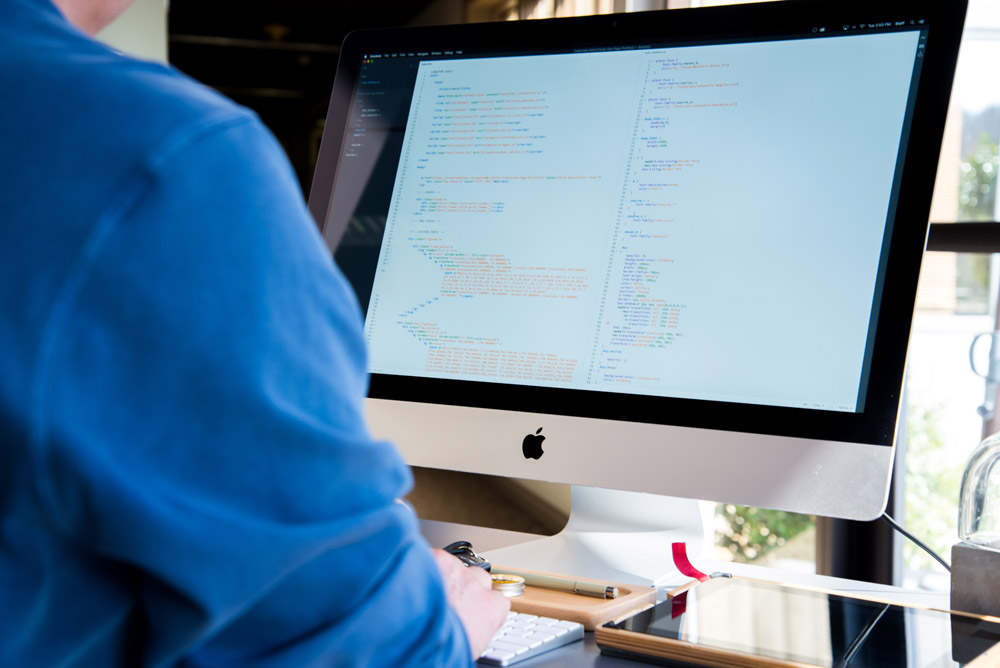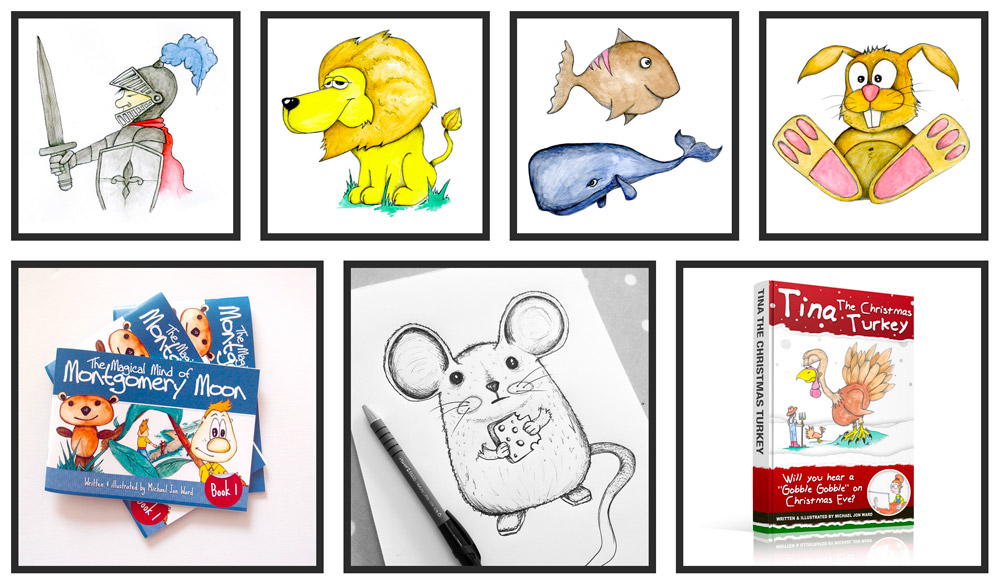3rd August, 2018
UX stands for User Experience, some refer to this as UXD also known as User Experience Design. This process is all about enhancing user satisfaction, be it lowering the bounce rate of a web page or increasing the chance of an online sale through subtle call to actions / offers.

The process of UX design includes reviewing elements of interaction, we’d ask questions such as (1) who is your target audience (2) who is the competition and (3) what is your primary goal for the website / application we develop for you?
Before starting any UX design work we’d need to review and understand above. Some experimentation (visual design work) would follow, these would be concepts only, an idea of how things could look and move forwards. Your feedback on these designs would be taken into consideration, working together (and performing further research) these designs would evolve.
A review of information architecture (the structural design), users / user research, current trends (be it technology or browsing habits) is also advised. A good question to ask is “who is currently doing it well and why?”
In terms of UX this forms part of everything we do as a business, from sales to site development. Reflecting back; some clients had their own UX visions, views, ideas or a direction for us to follow, others simply leave us to it… Sadly “visual candy” is subjective, what works for one individual may not work for another. So with this in mind, a sufficient time allocation (UX development budget) is recommended plus we have to factor in trends. Concept work, competitor analysis and a collaborative approach will work best.
So what should you be looking for in a UX designer? Should you be employing a graphic design agency or a web design agency? Is UX design the same as web design? How much can you learn from the competition? What is a UX deliverable? Who is responsible for usability testing? These are just a few questions that spring to mind what I think “UX designer”.
Personally I would look for the following;
Natural ability
As humans we can learn to do a lot of different things, a simple formula of “time + dedication + hard work”, however natural ability (our genetics) are with us from day one. Before entering this crazy pace world of web dev I studied art at school / college, this evolved into a University degree called “BA Communication Design”. My point is this; an eye for detail and creative flair has been with me since I was little, long before web design. Some folk are natural runners, others great swimmers, my talent has always been art. UX design requires a combination of both technical and creative thinking, I’d suggest you look for someone (or a company) that caters for both. A lot of UX design boils down to common sense and an eye for detail – this is important to remember.

Check out some of my artwork here
Understanding usability
Usability and UX design go hand in hand, an ability to use a system, application or an object correctly without weeks of training is very important (time is money). Personally I think Apple do this so well, you receive a new iPhone, there is no 300 page user manual, simply a card with two or three instructions – boom, job done!
Good usability (and also first impressions) is essential to a positive user experience, but this alone does not guarantee a successful product… Usability testing forms part of this process, we have been involved with many focus groups (MyBirthplace.org and a room full of midwives spring to mind), understanding and working with user feedback is important. When I think of usability and usability testing I think of an object (be it a web page or application) designed with an end-user in mind, however end-users will vary. A good UX designer will want to make an object effective, easy to use (or learn), satisfying and faultless – catering for all (or should I say most) end-users.
As a UX designer, our main goal will be to solve problems, making “the process” as pleasant as possible. UX designers will need to be a jack of all trades or have people around them that bring certain skills to the table. For example; A pretty user interface may look nice (visually pleasing) however if its code base is buggy then application performance (speed and stability) may result in a bad UX. So, it is more than just looking pretty.
Personally I’d suggest you avoid listing out unnecessary product features and think more like Apple, less is more! Simplify your designs and documentation, incorporate your business and its mission statements to build trust. Getting a grasp on the user’s needs and goals is a must, from here we can begin to map out unique selling points or interaction frameworks / wireframes.
Anyway, I hope you enjoyed this post on UX design. If you have any questions for Tidy Design then please do not hesitate to contact us, we’d be happy to help.
Mike